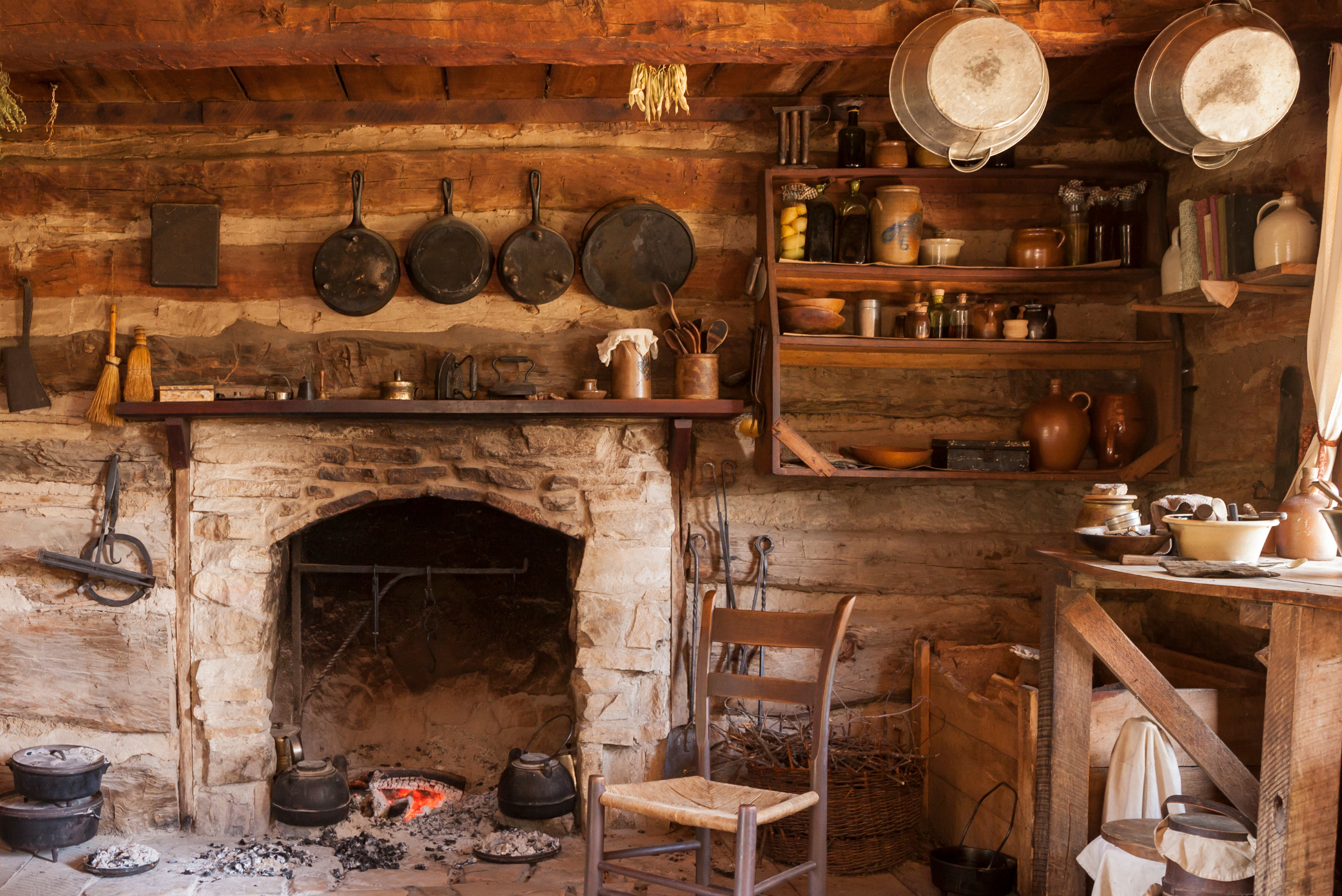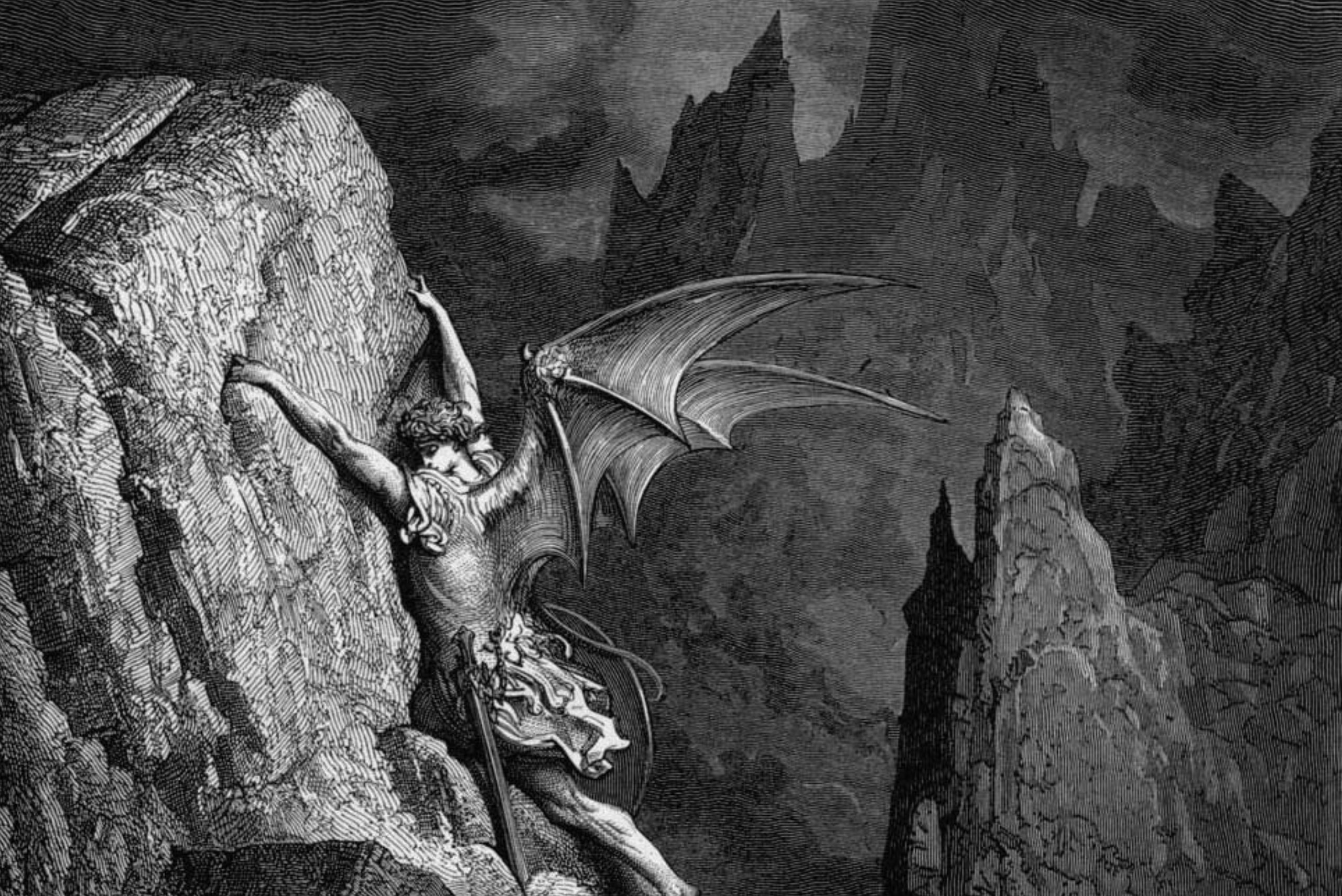Writers of fantasy and sci-fi talk a lot about “world-building,” the work of creating a coherent, believable, and entirely new world with its own geography, life forms, climates, cultures, technologies, etc.
But every storyteller is a world-builder. In every story, the writer has to create a believable world, even if the world is supposed to be the one we live in. In significant ways, it’s harder to build a believable world in realistic fiction than in speculative fiction. The reader knows what to expect in the real world and can be pulled right out of the scene when you get the smallest facts wrong—as when your character goes quail-hunting with a rifle, or when your stylish heroine puts on her Gloria Vanderbilt designer jeans in 2003.
But I digress.
One of the things I find interesting about CS Lewis’s world-building in Narnia is the way he builds so much of his imaginary world from the raw materials of this world. Mr. Tumnus may be a faun, but he’s a faun who carries an umbrella and parcels wrapped in brown paper. He’s a faun who serves a very English tea beside the fireplace and has a bookshelf full of books with titles like Is Man a Myth?
If somebody asked you what makes Narnia so enchanting, you might go straight to the talking animals or the White Witch (who is literally enchanting!) or the fauns and centaurs or the Lion who is good but not safe. But that other-worldly layer sits on top of a very solid base of this-worldliness. And a lot of Narnia’s this-worldliness is made out of concrete nouns.*
Here’s my favorite bit of world-building in The Lion, the Witch and the Wardrobe:
Lucy thought the Beavers had a very snug little home though it was not at all like Mr. Tumnus’s cave. There were no books or pictures, and instead of beds there were bunks, like on board ship, built into the wall. And there were hams and strings of onions hanging from the roof, and against the walls were gum boots and oilskins and hatchets and pairs of shears and spades and trowels and things for carrying mortar in and fishing-rods and fishing-nets and sacks.
The list is one of the most under-rated tools in the writer’s toolbox. A list renders a world so quickly and effectively that it almost feels like cheating. Hams and strings of onions and gum boots and oilskins and hatchets and pairs of shears and spades and trowels… That’s not just a list; that’s a little world—one that reminds me quite a bit of the world where I live.
The world is made out of nouns. So is a list. Whatever kind of world you’re building in your writing, a list can be a pretty good place to start.
* Another large portion of Narnia’s this-worldliness derives from the fact that its residents act and react the way that regular human beings would in similar situations (indeed, the four main characters are human beings in the first place). Even the White Witch is motivated by the same greed and power-hunger that motivate any tyrant, whether a schoolyard bully, an office tyrant, or an actual dictator. She just happens to have a magic wand.








